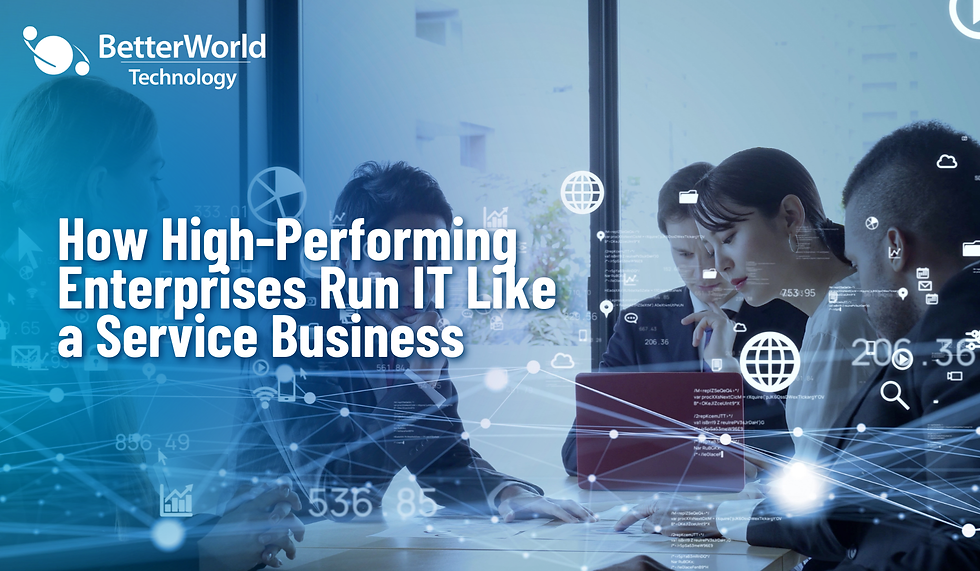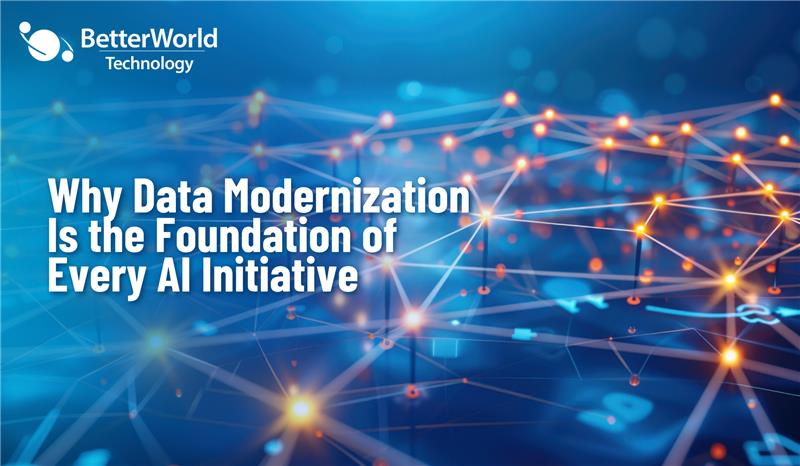LinkedIn Live: The Art of M&A: Strategies for a Smooth Transition
- John Jordan

- Jun 26
- 4 min read
Mergers and acquisitions can be tricky, especially when it comes to IT. A recent discussion brought together experts to talk about how to handle these big changes. They shared practical advice on making sure technology and people are ready for a spin-off, focusing on clear communication and smart planning.
Initial Steps in an M&A Spin-Off
When a company spins off, the IT side of things can get really messy. Imagine all your IT services are tangled up with the parent company. The first big step is figuring out what you actually have and how it's all connected. This isn't about a huge, detailed audit right away, but more about getting a basic idea of the situation. You need to see how much work it will take to untangle everything.
For example, if you're separating email systems, manufacturing tools, or even your main ERP system, it means a complete split. This can feel overwhelming, especially when you're also trying to keep daily operations running. Things like patching and security still need attention. It's a lot to handle, and getting your team ready for this big change is a top priority.
Prioritizing Security and Communication
A spin-off is often a good thing, opening up new markets or allowing for specific security needs. But security is something you need to think about right away. You don't want to move systems only to find out later they don't meet important rules.
When it comes to getting things set up quickly, especially for basic communication, cloud providers offer good options. You can quickly set up new email systems and user accounts without needing to buy a lot of new equipment. This helps get your team connected fast.
Choosing a security framework is also important. Standards like ISO 27001 or NIST can guide you. NIST, for example, is widely used in North America and is free to use, which is a nice bonus for a new company. The key is to pick a framework that fits your new company's needs and client contracts from day one.
Empowering Your Team and Modernizing Operations
Your team is a big part of any spin-off. This is a chance for them to grow their careers and learn new things. It's important to keep them informed and involved. If your team feels good and has clear direction, they will help make the whole process smoother.
As you move systems to the cloud or build new data centers, new skills are needed. This is where a "FinOps" team comes in handy. They help make sure you're spending money wisely on cloud services and other IT projects.
Also, think about using managed services. Your internal team might be small, and they can't cover everything 24/7. Managed services can help with things like security monitoring or daily operations, freeing up your team to focus on new projects and innovation. It's not about replacing your team, but adding to what they can do.
Thinking Beyond the Basics: Data, AI, and the Modern Workplace
Once the initial setup is underway, you can start looking at bigger picture items. This includes things like:
Unlocking Data: Moving beyond basic file shares to use data from manufacturing or ERP systems. This "telemetry data" can help improve the business.
Secure AI: Exploring how AI can help, but making sure it's done safely with proper controls to protect client and company data.
Device Management: Don't forget the basics, like getting new laptops and systems. Programs like "Device as a Service" can help you get and manage technology without a lot of hassle.
Modern Office Spaces: Think about your office as a "magnet" rather than a place people are forced to come to. Use technology to make workspaces more collaborative, whether people are in the office or working remotely. This can also help with environmental goals by using energy-efficient tech.
Testing Your Plans and Keeping Lines Open
A spin-off is a great time to test your disaster recovery (DR) plan. If you have a DR plan for your manufacturing systems, you can actually use it to migrate those systems to the new company's setup. It's like a real-world test that also helps you move forward. This also means updating your DR plan to reflect new responsibilities and technologies.
Throughout the whole process, open communication is key. Things will go sideways sometimes, that's just how it is. But if everyone communicates openly when problems come up, they can be dealt with quickly. This applies to your internal team, external partners, and even the management teams of both the old and new companies. When leaders from both sides talk regularly, it helps clear up blockers and keeps things moving.
Key Takeaways
Start with Understanding: Begin by figuring out what IT services are tied to the parent company and how to untangle them.
Prioritize Security Early: Address security and compliance needs from the very beginning, choosing a suitable framework.
Communicate with Your Team: Keep your team informed and excited about new opportunities; their engagement is vital.
Use External Help Wisely: Managed services and consultants can provide needed knowledge and free up your internal team for innovation.
Focus on Innovation: Shift your IT team's focus from just "keeping the lights on" to exploring new technologies like data analytics and AI.
Modernize the Workplace: Think about how technology can make your office a desirable place for collaboration.
Test and Adapt: Use the spin-off as a chance to test and update your disaster recovery plans.
Maintain Open Communication: This is the most important factor for success, helping to resolve issues quickly and keep everyone aligned.









